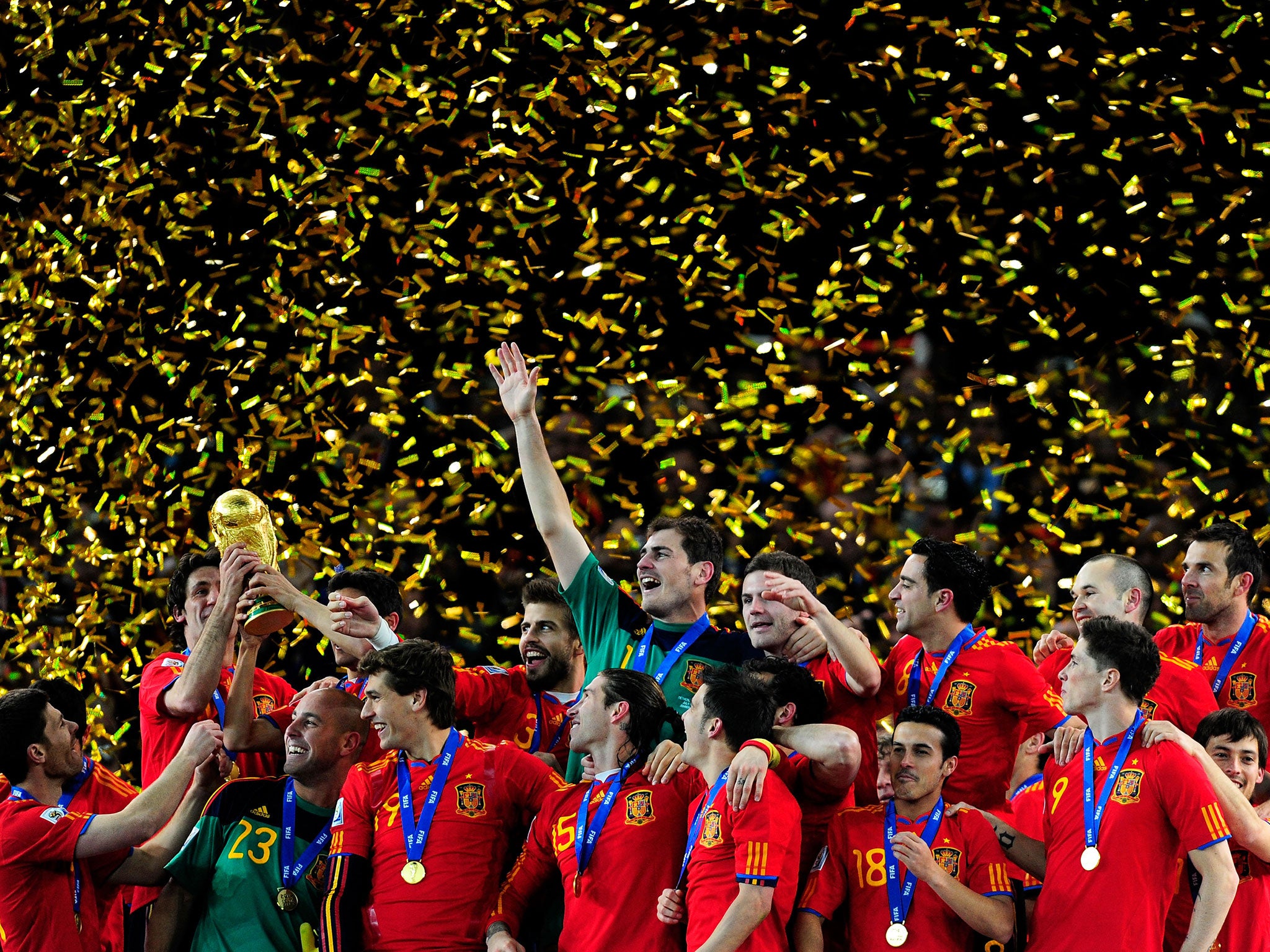World Cup expansion: Welcome to New Caledonia, Bahrain and Burkino Faso
We take a look at the nations that could be participating in the World Cup from 2026

From 2026 it is likely that the Fifa World Cup will include 40 teams, up from the current number of 32.
It is the biggest change to the tournament since it was last expanded in 1998, when it went up to its current number from the 24 teams that had featured at USA 1994.
The increase could mean another 32 matches in the group stage adding another week to the tournament, which is currently 31 days in length, and taking the total number of matches to 96. The most likely way of accommodating the eight extra teams would be having eight groups of five teams, with the top two qualifying for the last 16 knock-out round. Under that system, it would mean an extra four matches in each group, totalling 32 in all.
So from 2026, a longer tournament and more games. But does more necessarily mean better?
There are already concerns that the current format includes too many teams of questionable quality reaching the finals. In 2014 among the lowest ranked sides were Australia, South Korea, Honduras and Greece and in 2010 North Korea, New Zealand and Slovakia participated.
Expanding the tournament to 40 teams will only exacerbate those concerns.
To get an understanding of the nations that could be involved, we considered where the teams will be drawn from and see who just missed out on qualifying for the last two World Cups.
The current format sees sides qualifying for the finals from six regions of the globe - Europe (Uefa), Oceania (OFC), South America (CONMEBOL), Africa (CAF), Asia (AFC) and North, Central America and Caribbean (CONCACAF). Europe, with 13 teams, has far more nations qualifying than from any other region. The nearest is South America, which can have a maximum of six sides. With that being an issue with non-European Fifa members, it seems likely that of the eight extra teams, Europe would likely only be admitted one more.
Currently, Oceania is not guaranteed a team with the top qualifier facing a play-off against the fourth place qualifier from CONCACAF. In 2014 they had no representative but in 2010 New Zealand made it through. It seems almost certain they will be guaranteed a place under the new format.
Asia, an area of great expansion for football, currently has four sides participating with a fifth playing a side from South America in a qualifier. At least one extra side could be expected to participate.
South America, with it's rich history, surprisingly has just four nations certain of a place, plus a potential play-off winner. With the quality shown by those participating in 2014, two more entrants seems realistic.
Africa, which currently has five teams participating, may expect another two considering the consistent improvement of those involved, whilst North, Central America and Caribbean can expect one more, with four currently qualifying.
On that basis, below we reveal the sides that came nearest to qualifying from each region for the 2010 and 2014 tournaments to see who would have been involved in the tournaments in South Africa and Brazil respectively.
2010 WORLD CUP
OFC - New Caledonia (New Zealand qualified, making New Caledonia the next highest qualifier)
AFC - Bahrain
CAF - Two from Gabon, Tunisia, Egypt, Benin and Burkino Faso
CONCACAF - Costa Rica
CONMEBOL - Ecuador and Colombia
UEFA - One of Republic of Ireland, Bosnia and Herzegovina, Ukraine or Russia

2014 WORLD CUP
OFC - New Zealand
AFC - Jordan
CAF - Two from Egypt, Burkino Faso, Ethiopia, Tunisia and Senegal
CONCACAF - Panama
CONMEBOL - Venezuela and Peru
UEFA - One of Sweden, Ukraine, Romania or Iceland
Join our commenting forum
Join thought-provoking conversations, follow other Independent readers and see their replies
Comments